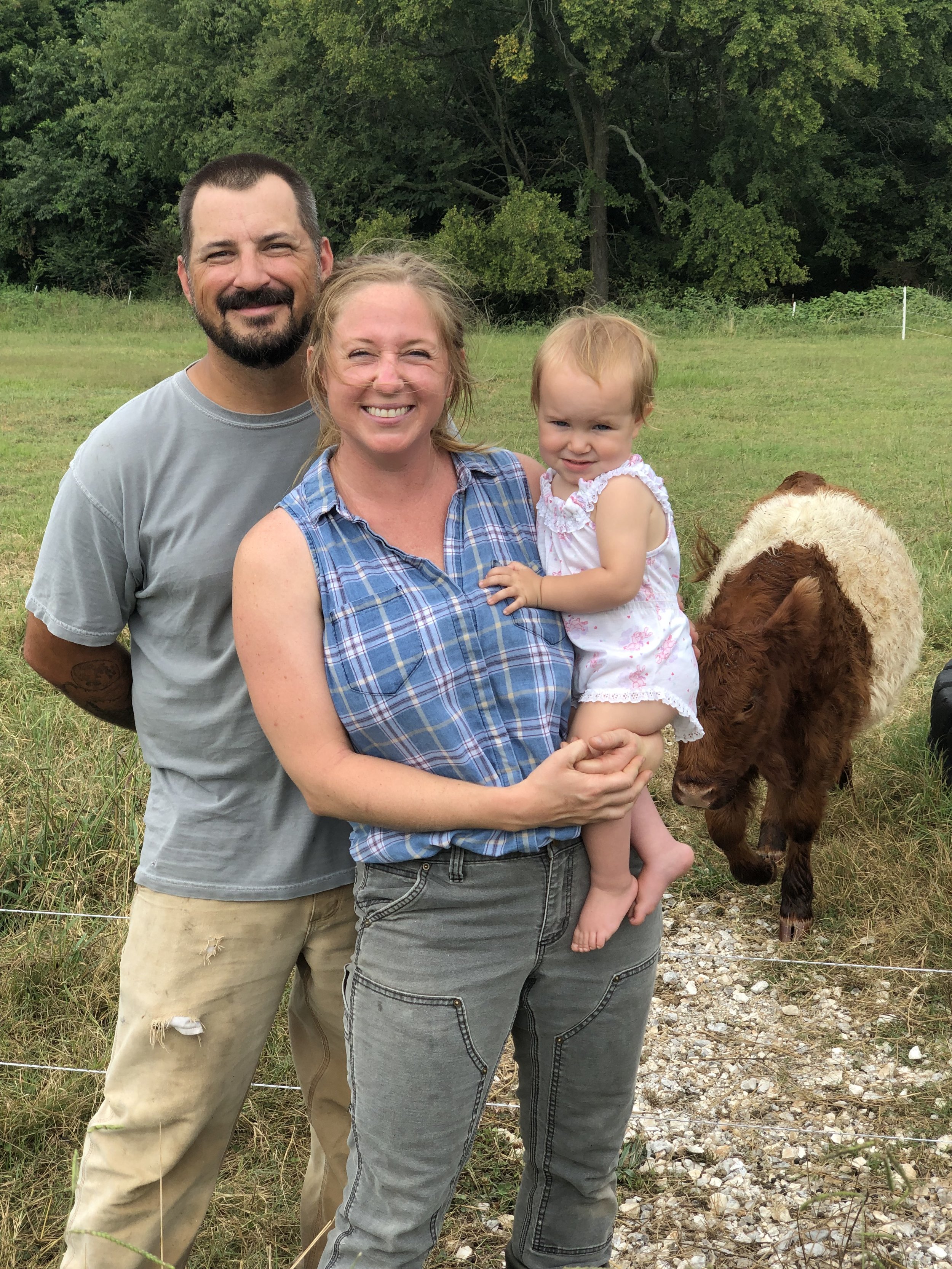
The Riparian Restoration Program was a partner-driven program funded by the Walton Family Foundation and Arkansas Department Agriculture - Natural Resource Division (ADA-NRD) as well as landowners, other public agencies, municipalities, and private companies through cost-share. The program focused on enhancing, restoring, and protecting riparian areas located in priority subwatersheds of Upper Illinois River Watershed (UIRW) using voluntary water quality best management practices (BMPs) . The program began in 2018 and was completed in 2024.
-
277 acres of riparian buffers enhanced through conservation and restoration practices
-
21.8 miles of streams enhanced, restored, and/or protected
-
1,843 agricultural acres served by alternative watering systems
-
90,701 linear feet of fencing constructed to excluded cattle from streams and support rotational grazing.
-
94 best management practices installed to improve water quality
Who Took Part in this Program?
Agricultural Landowners
Our program helped deliver clean water to livestock, build stabilized creek crossings, construct cross-fence, control cattle access to streams, and much more.
Residential Landowners
We were able to help residential landowners address erosion and drainage issues.
Businesses & Municipalities
We worked with developers to add value to stormwater infrastructure in innovative ways, and beautify public spaces with native riparian vegetation.
Want to implement BMP’s on your property?
Fill out the registration form below.
IRWP will reach out to schedule a site visit to learn about your land management goals and natural resource concerns.
IRWP will create a Conservation Plan for your property, based on your land management goals. The Conservation Plan will include a suite of potential practices that could be reimbursed for through the Landowner Services Program funded by the Natural Resource Conservation Service.
Sarah Alvey - Stewardship Apprentice
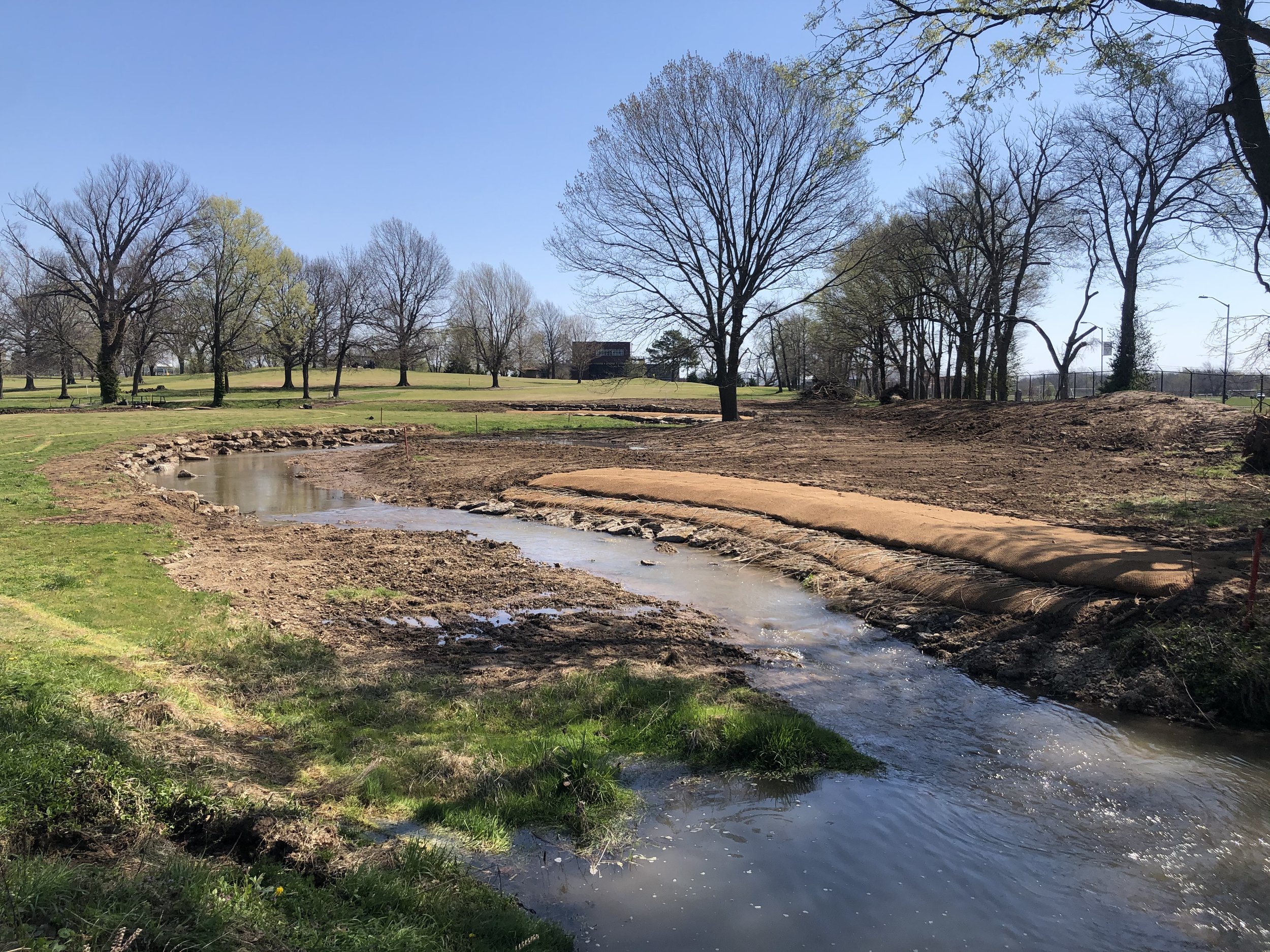
Contact us to begin.
Sarah Alvey | Stewardship Apprentice
sarah@irwp.org
(479) 203 - 7084
Past Projects Accomplished through the Riparian Restoration Program
-
Jared & Lindi Phillips
-
Randy & Cheryl West
-
The Course at Sager's Crossing



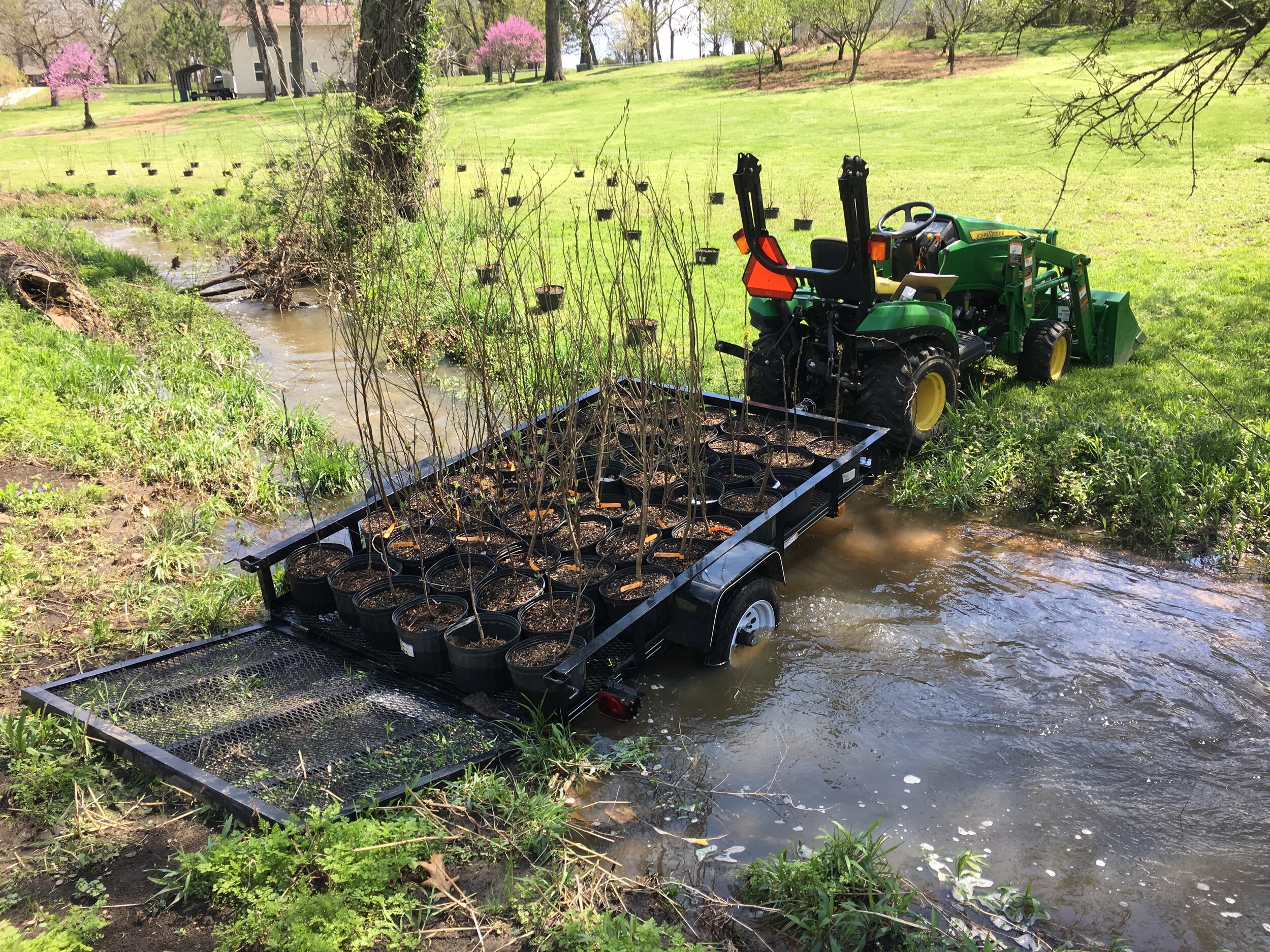
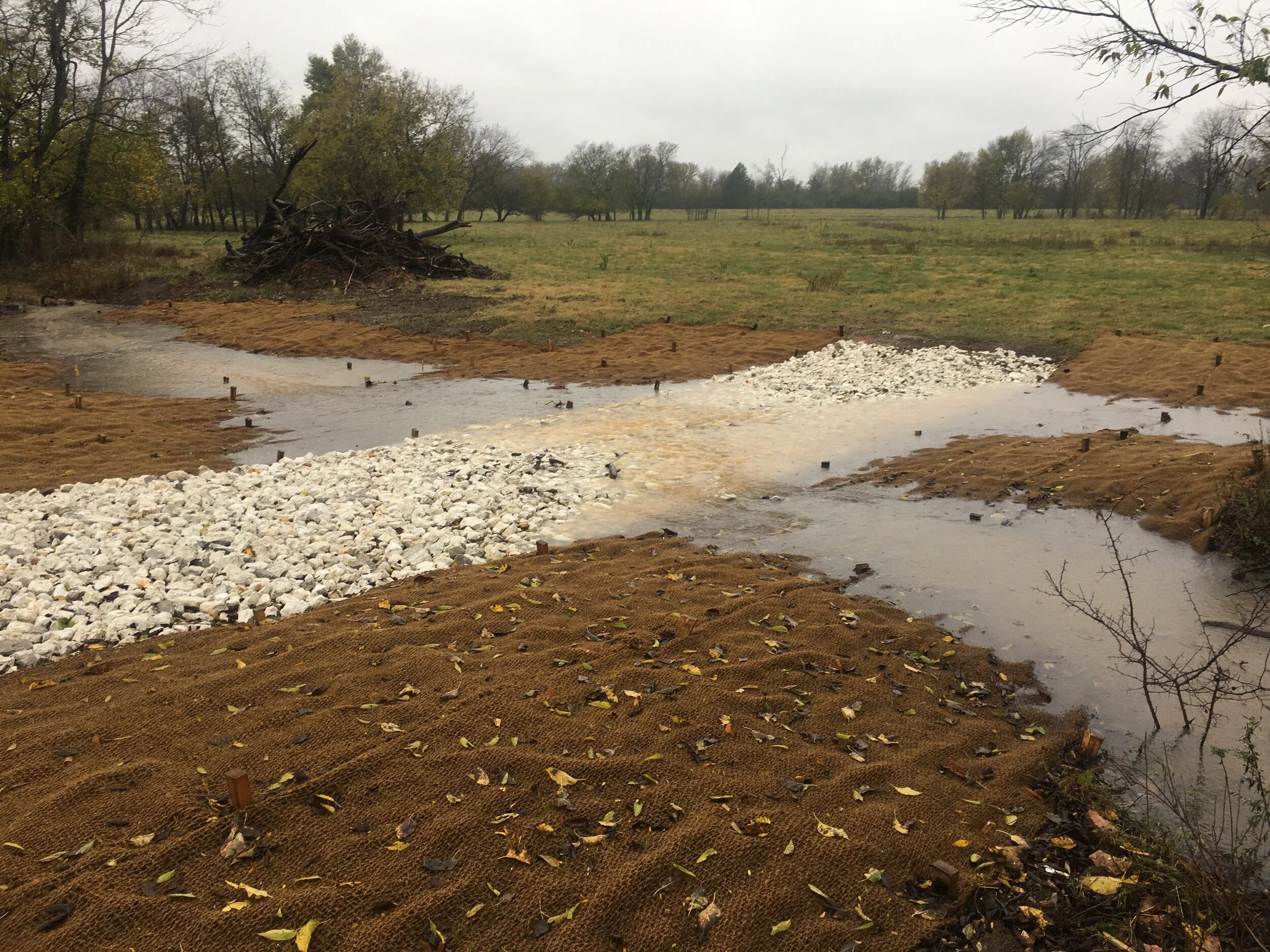

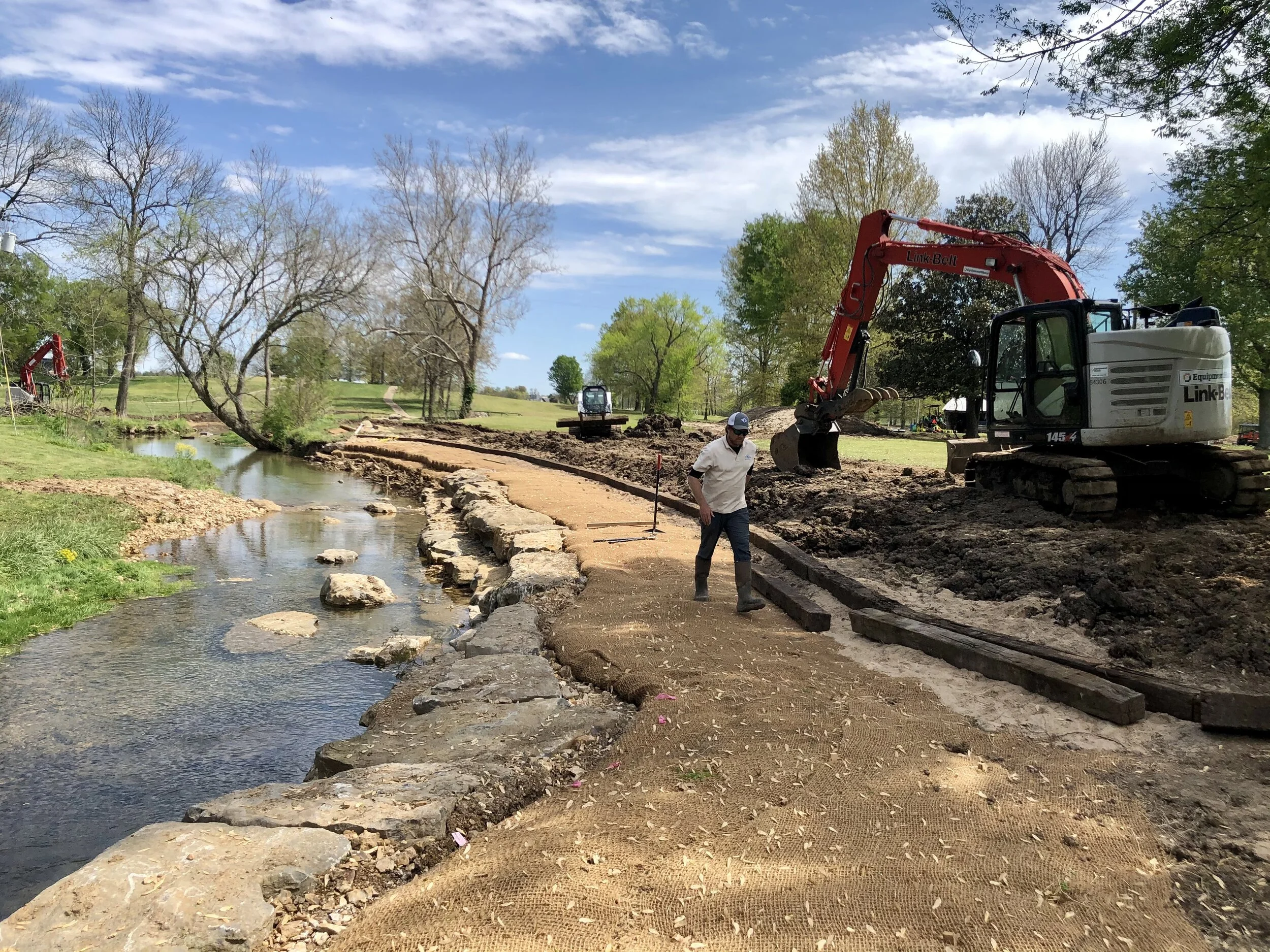


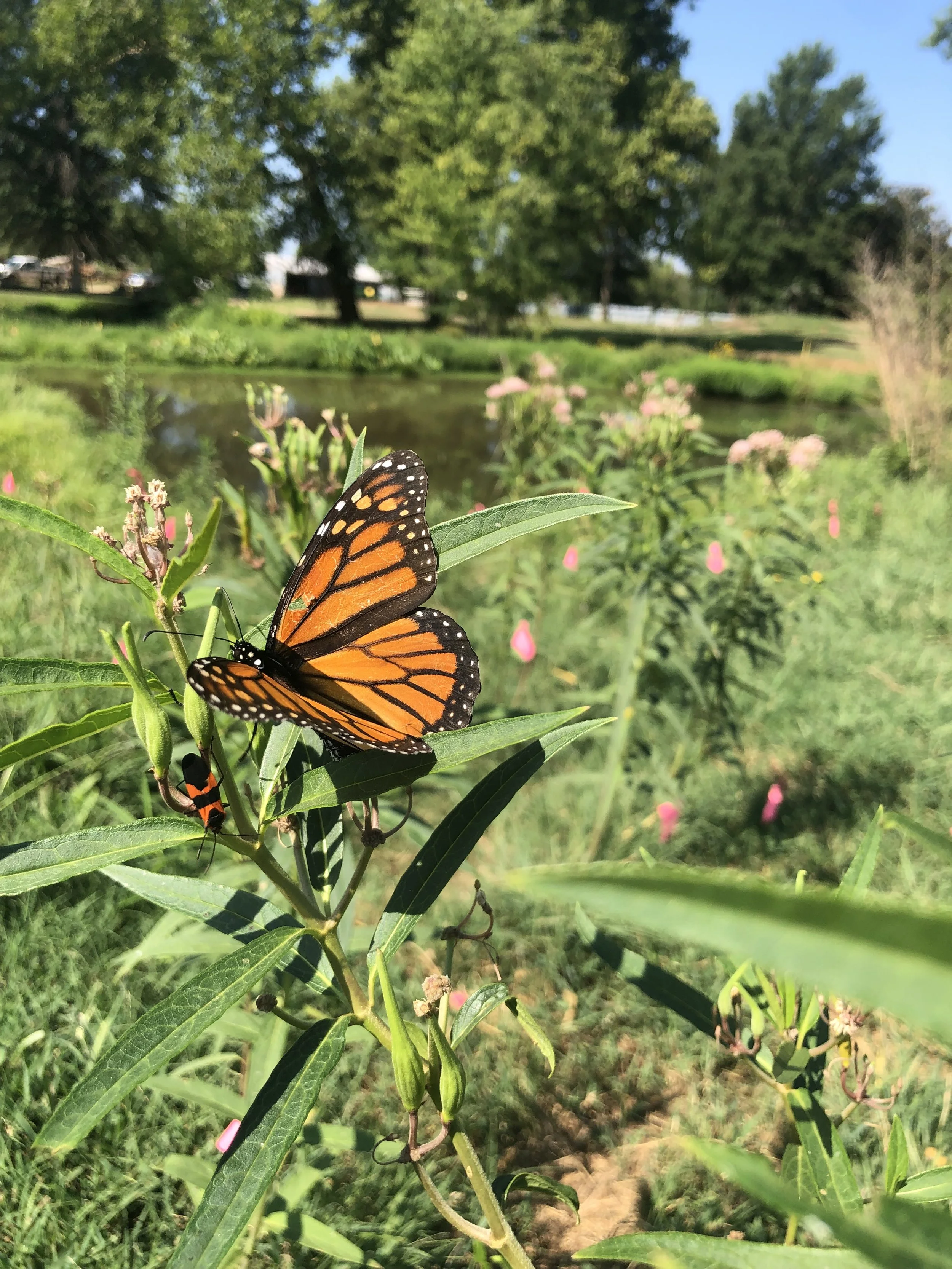


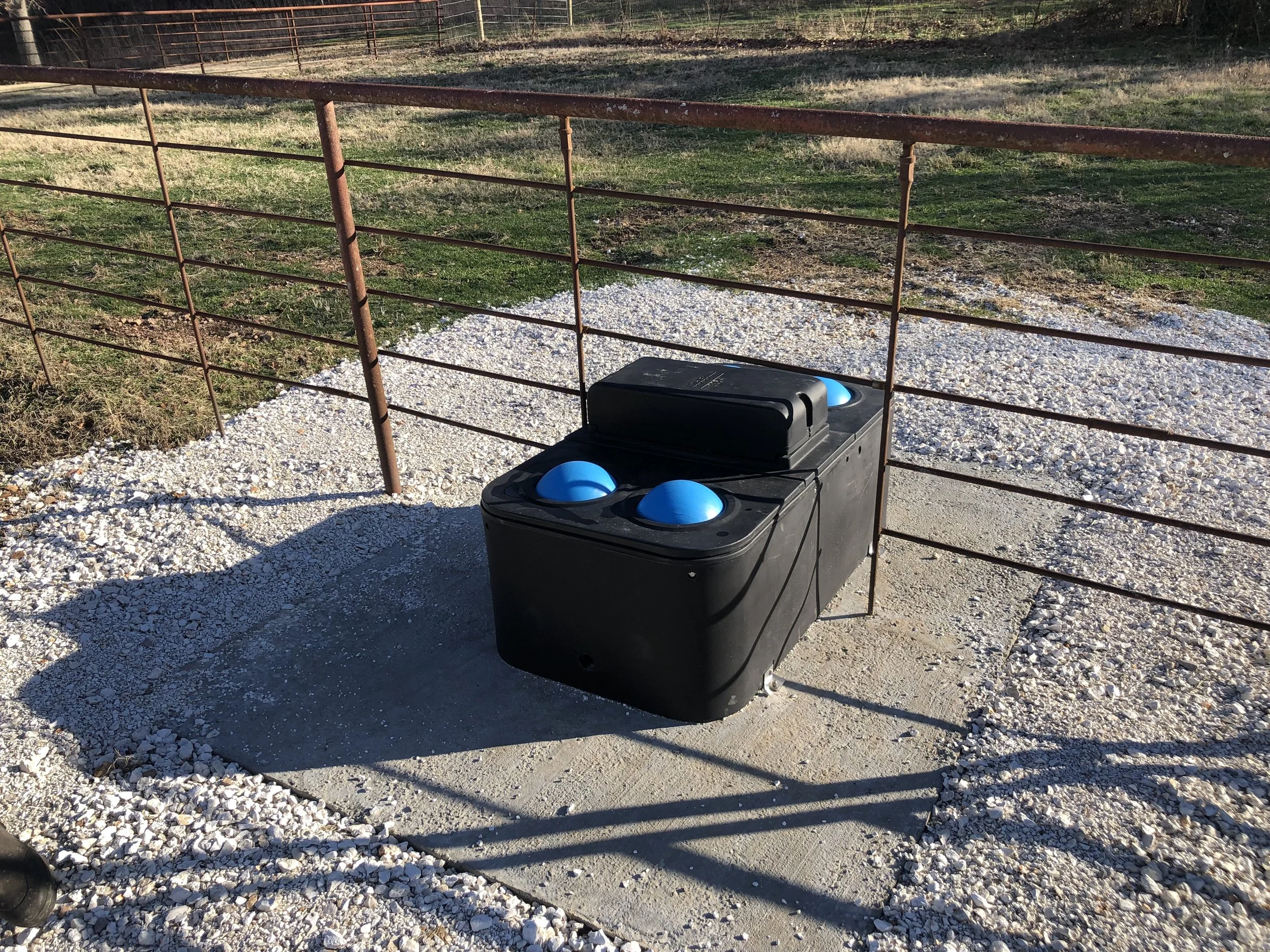


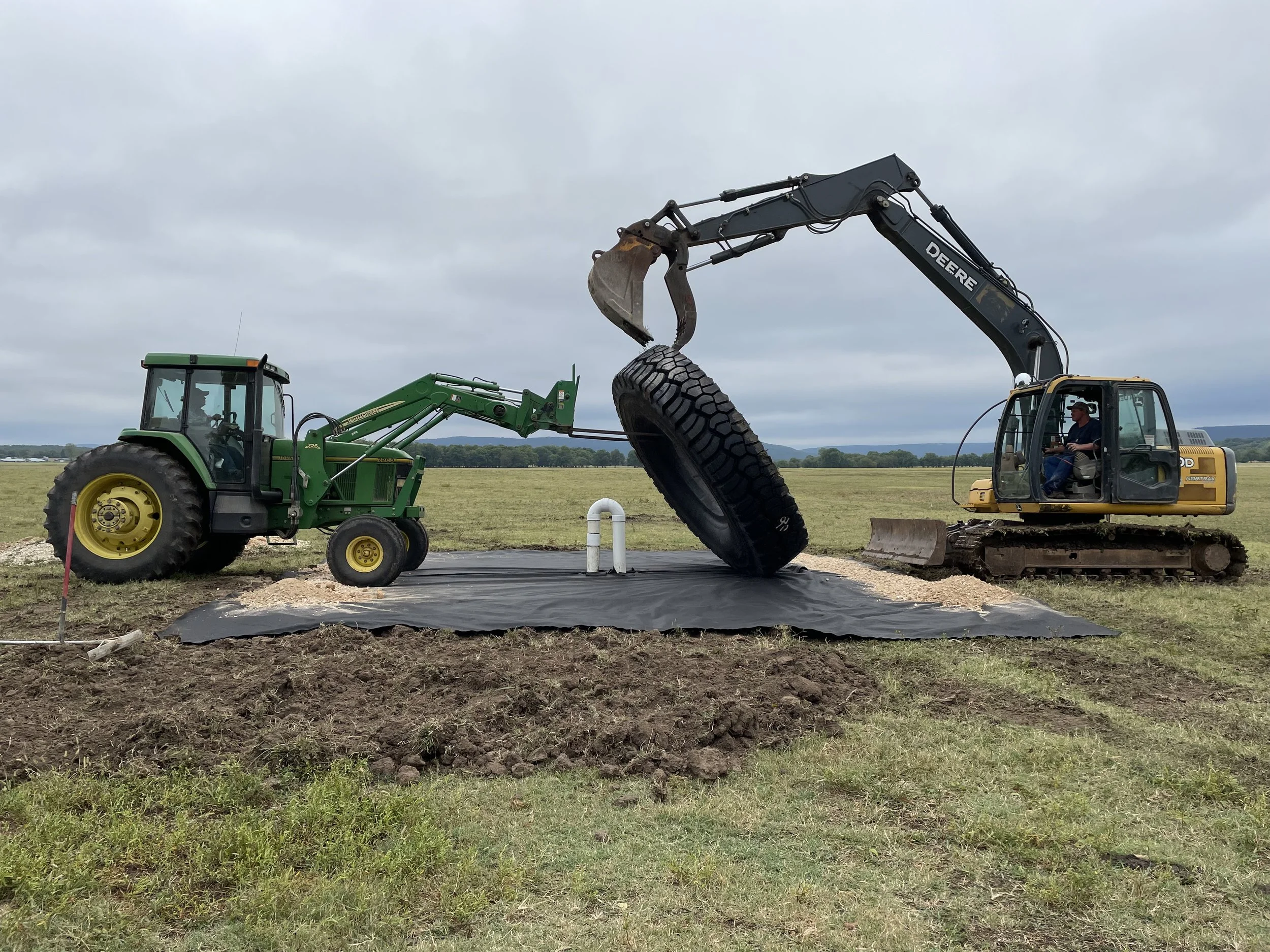



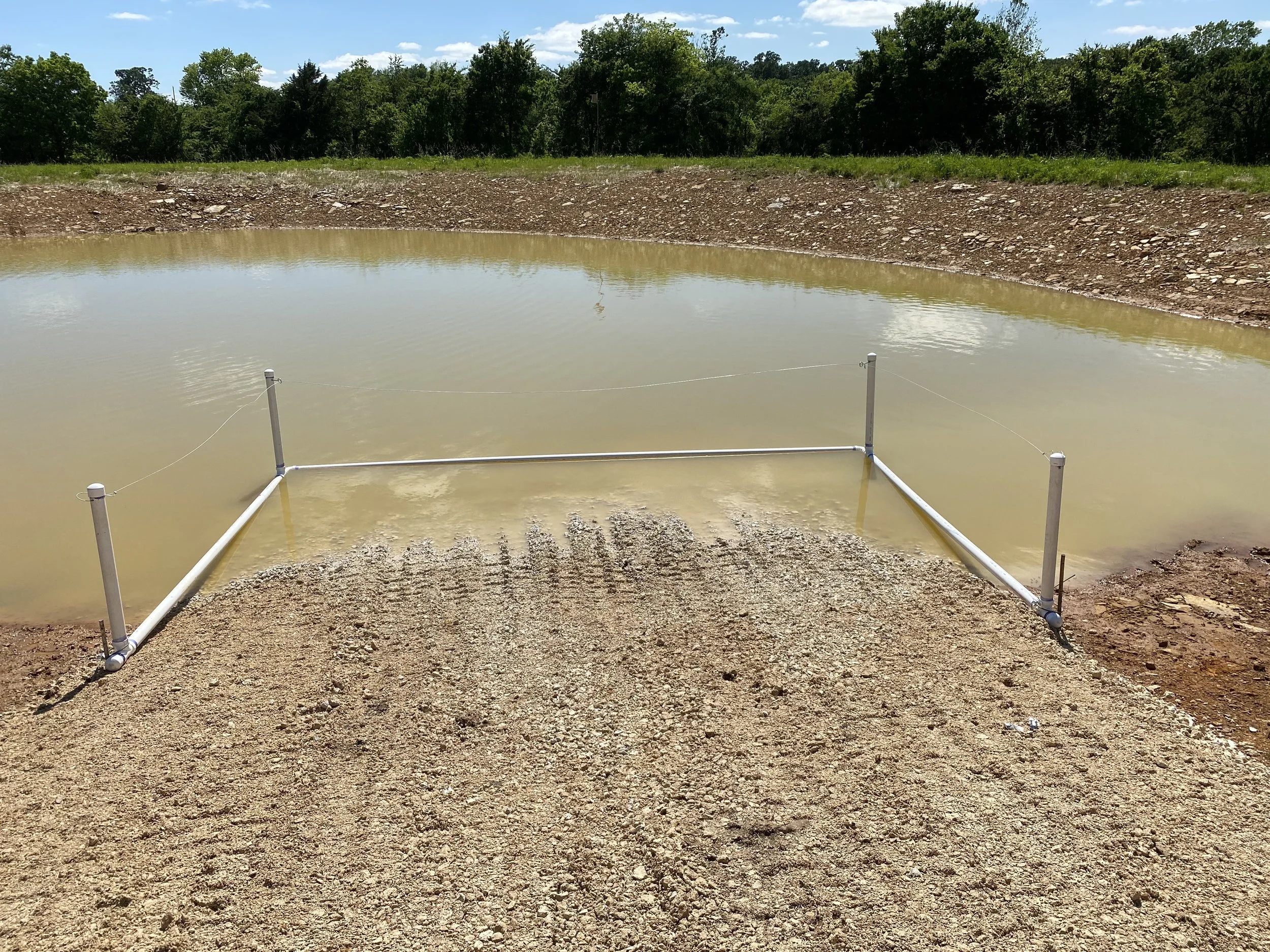

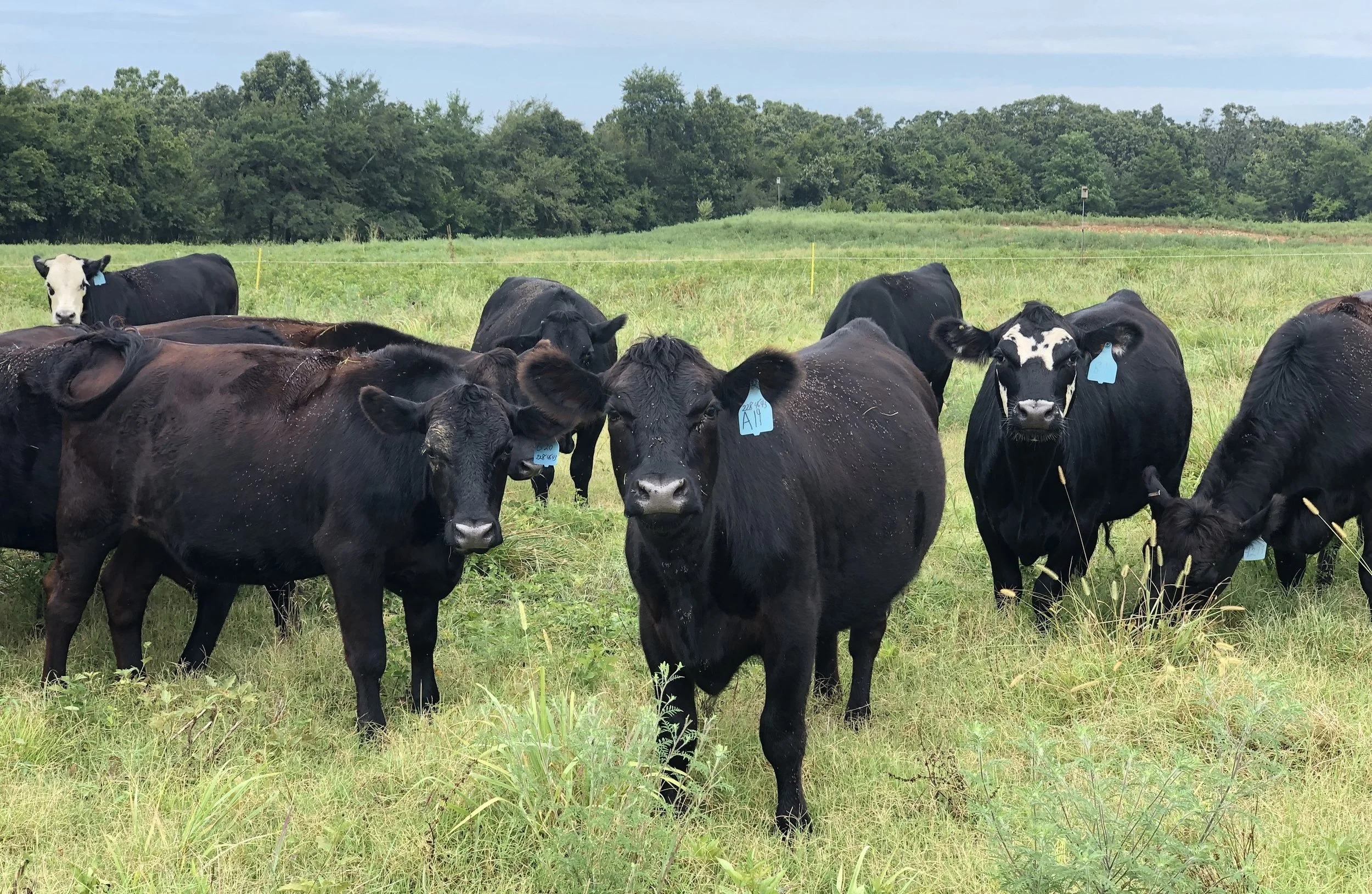
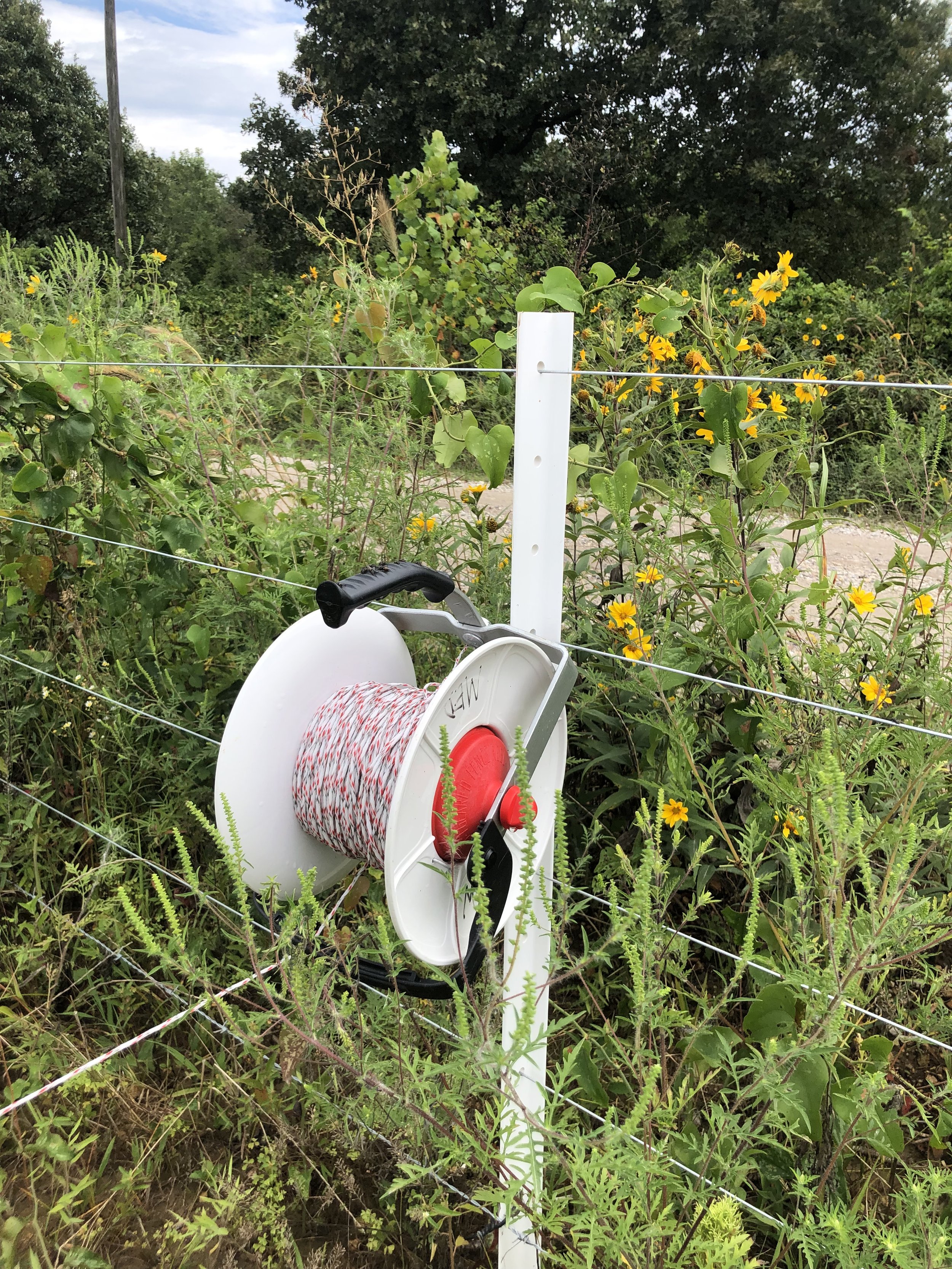
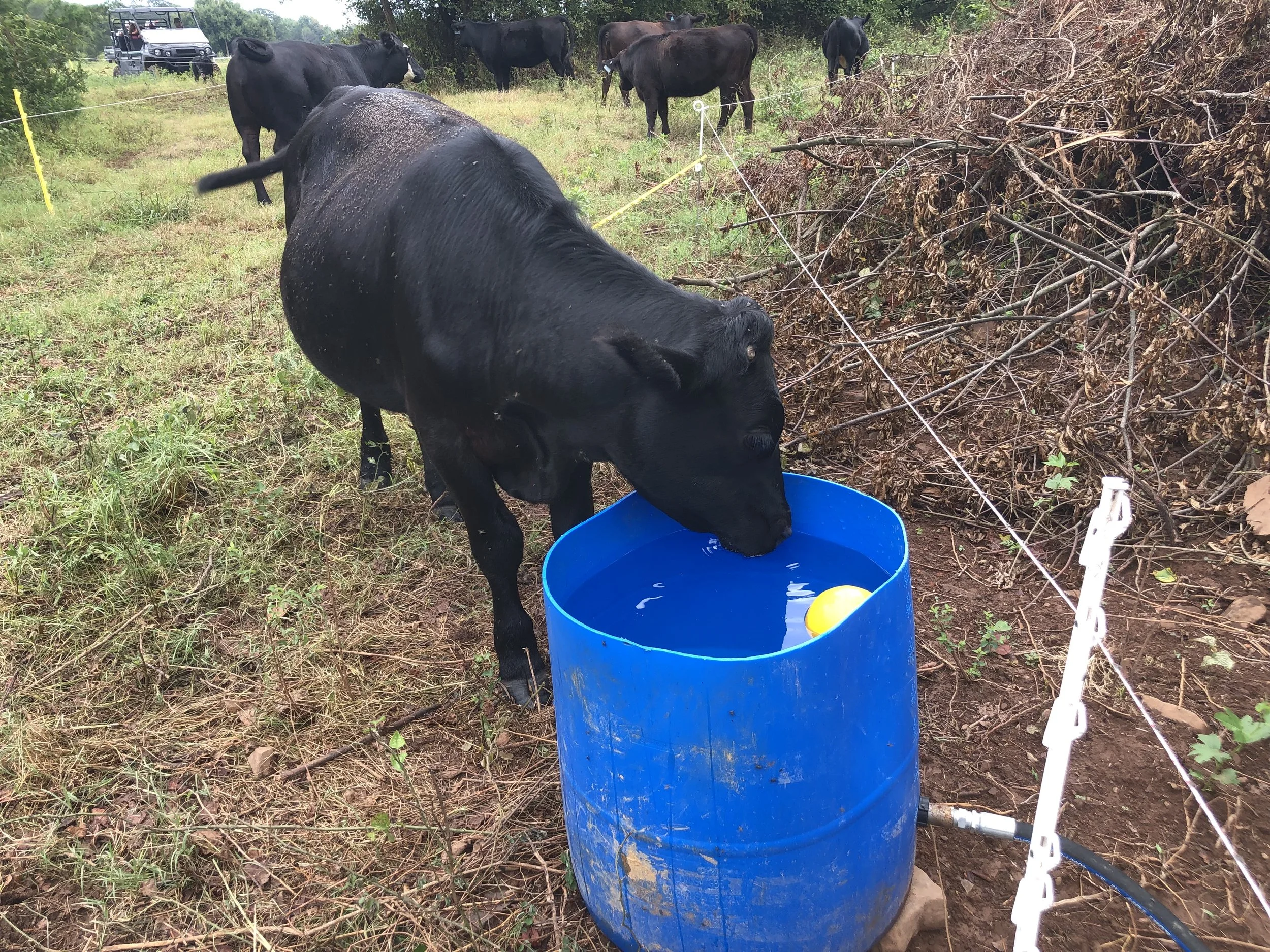
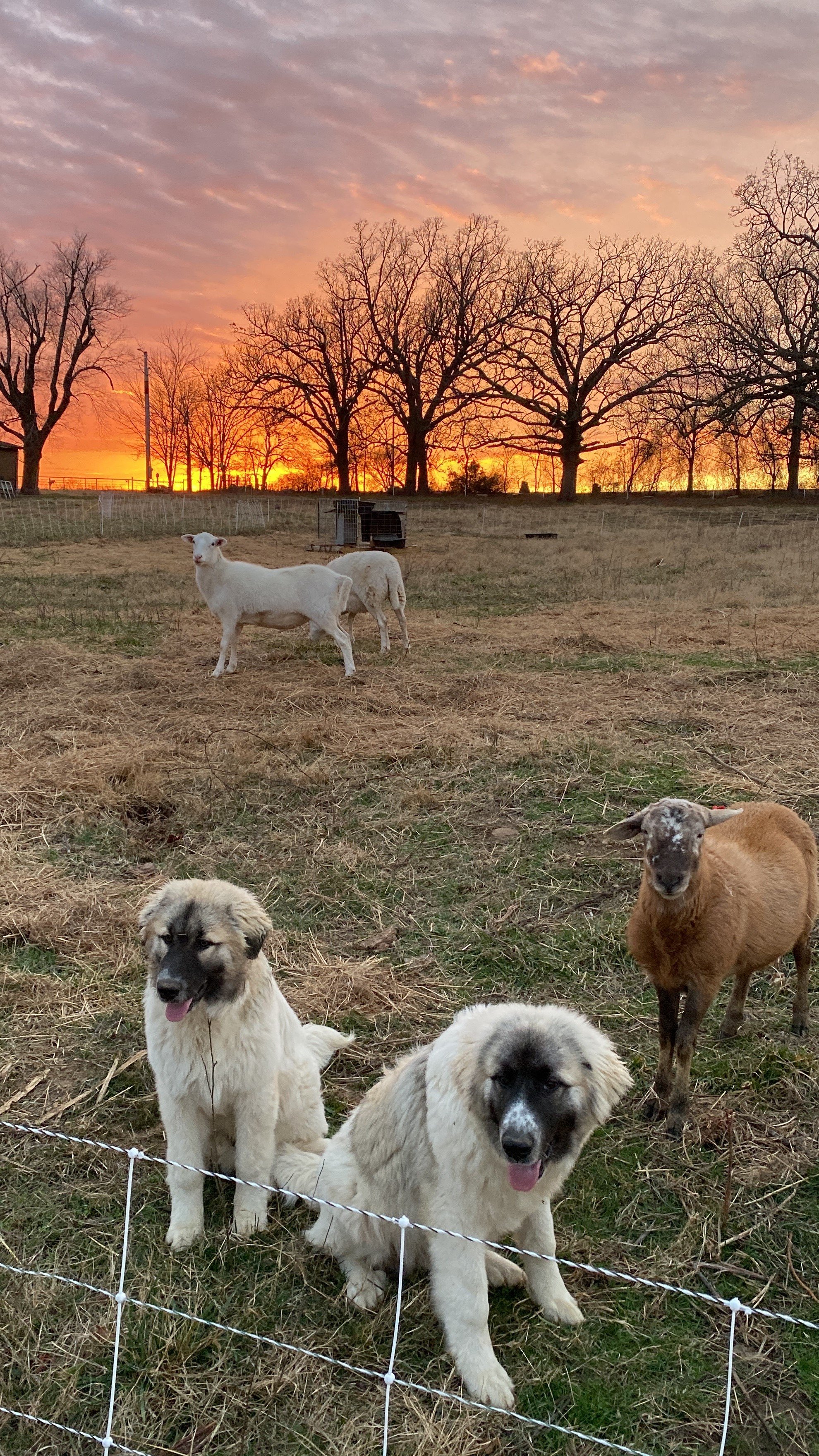

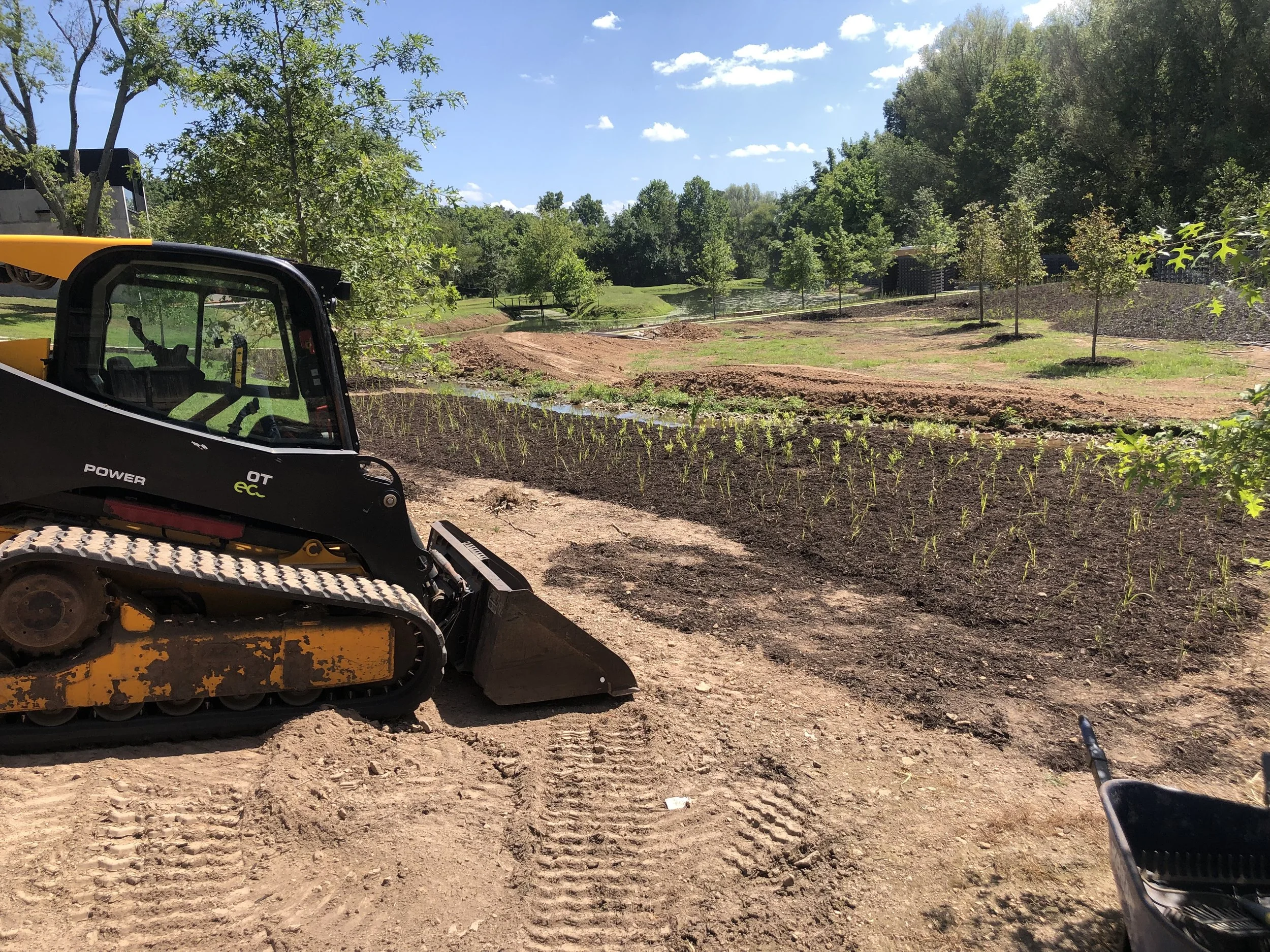

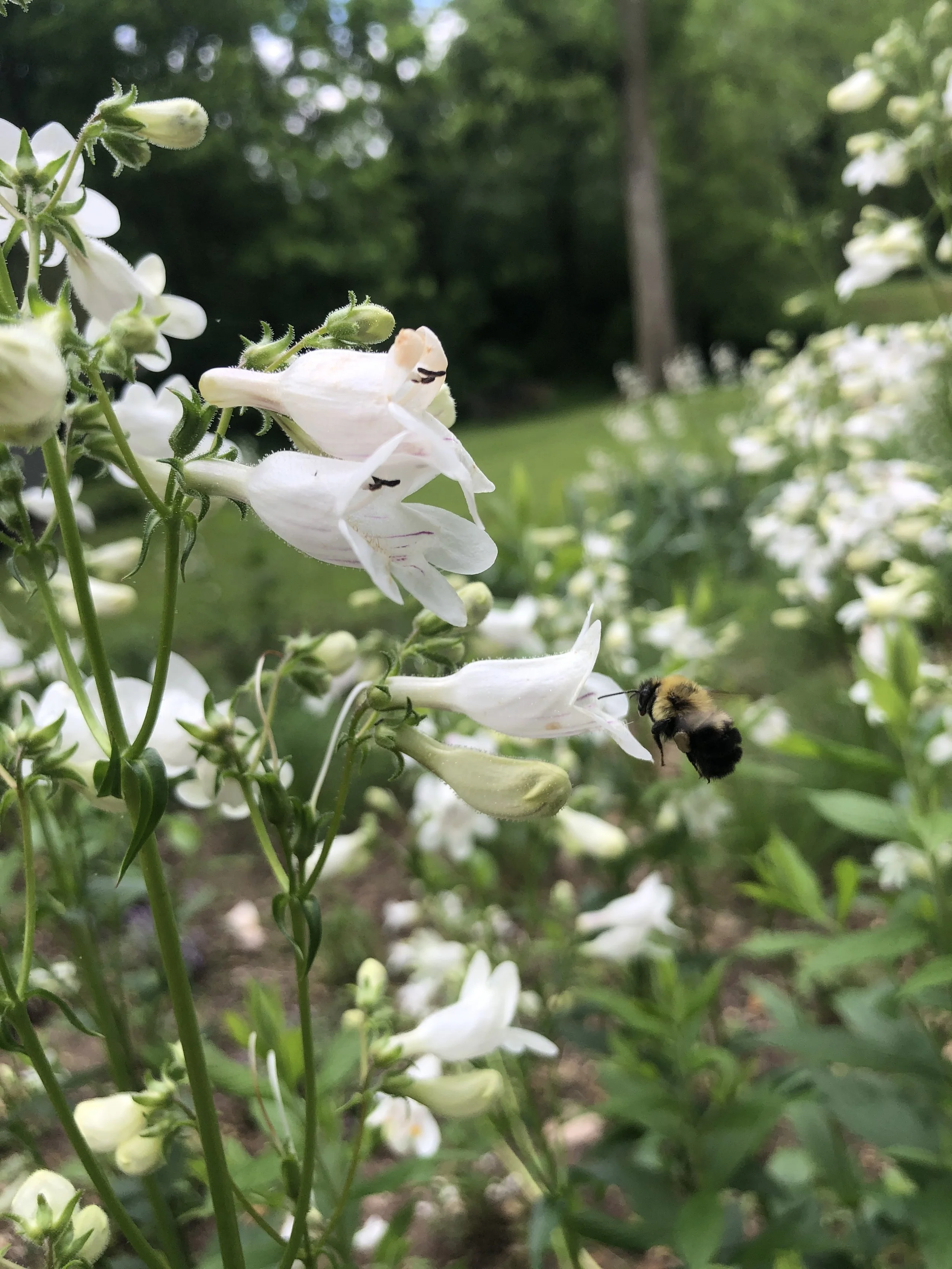






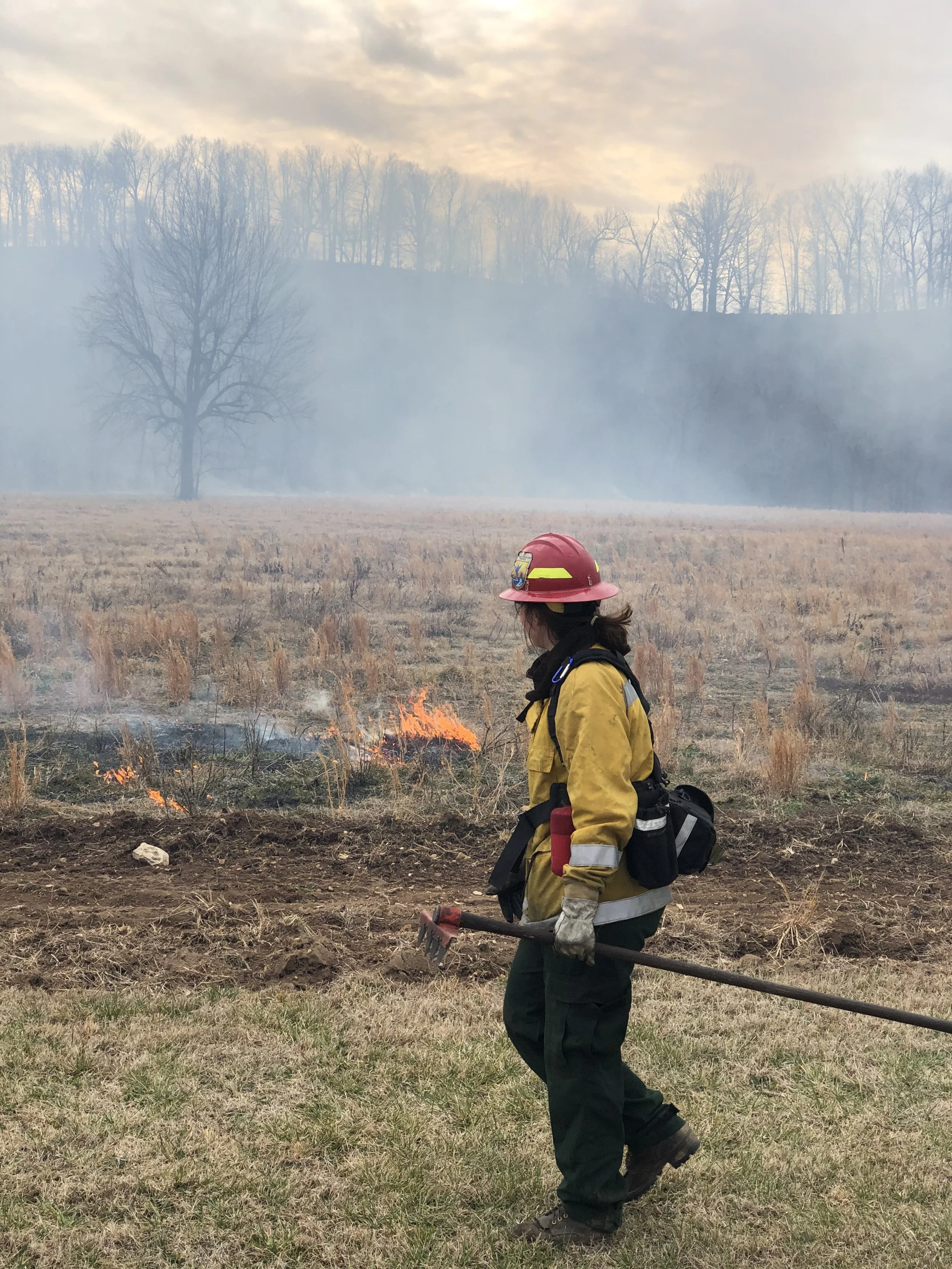






Dense, healthy vegetation supports a healthy watershed.
Reforesting of Sager Creek
See how one city, built along a stream - as so many are - has honored the natural ecology of the stream and taken measures to protect it for recreational use and aesthetic beauty. Proper planting and maintaining of a vegetated riparian area (riparian buffer or riparian zone) keeps the water cool, algae-free, improves water quality, allows for fishing, and maintains the stream for generations to come.
FREQUENTLY ASKED QUESTIONS
-
Why are we getting so much more flooding than we used to?
There are two main reasons that most people in NWA are seeing more flooding:
1. Changing Precipitation. Over the past 20 years, NWA has seen a marked increase in the frequency of intense rain events.2. Changing Land-use. NWA is growing at break-neck speed, which means that the pastures and forests that used to absorb rainfall are being replaced by parking lots, roads, and roofs that do not. Our stream channels aren’t large enough to handle the extra runoff, so they are flooding more often, and eroding more rapidly.
-
I want to clean my creek up and clear out all the junk growing along it. Where should I start?
The thing is, most creeks don’t need “cleaned up and cleared out.” In fact, it is usually the case that right along the bank, the thicker the vegetation the better. The roots of plants in the streambank are like the rebar in concrete. Without vegetation, there is nothing to hold soils in place, and streambanks will quickly begin eroding. A healthy riparian forest has dense vegetation at ground-level, mid-story, and canopy.
-
Ripari-what?
Riparian area. The riparian area is the land adjacent to a stream that regularly interacts with that stream, including the streambanks and the floodplain. Without dense, healthy riparian vegetation to hold soils in place, buffer erosive storm flows, filter pollutants, feed wildlife, regulate water temperatures, and recharge the ground water, you can’t have clean water. Period.
